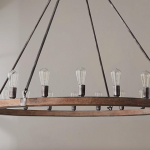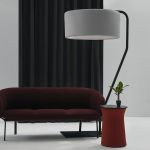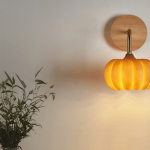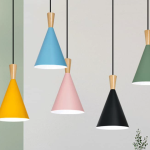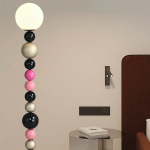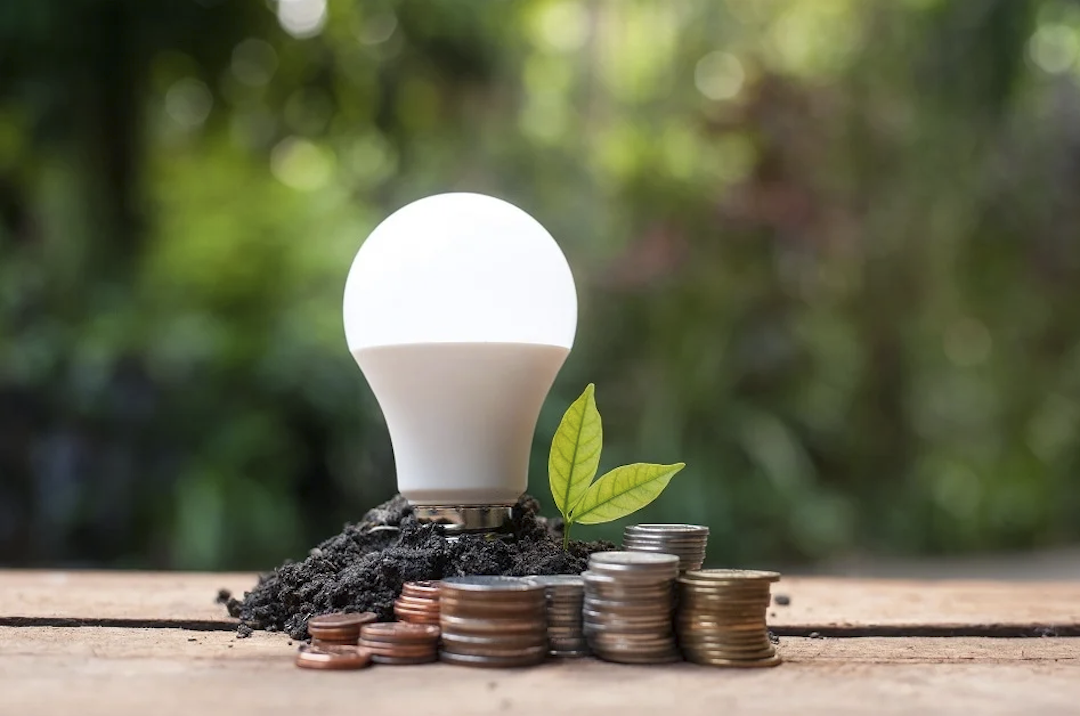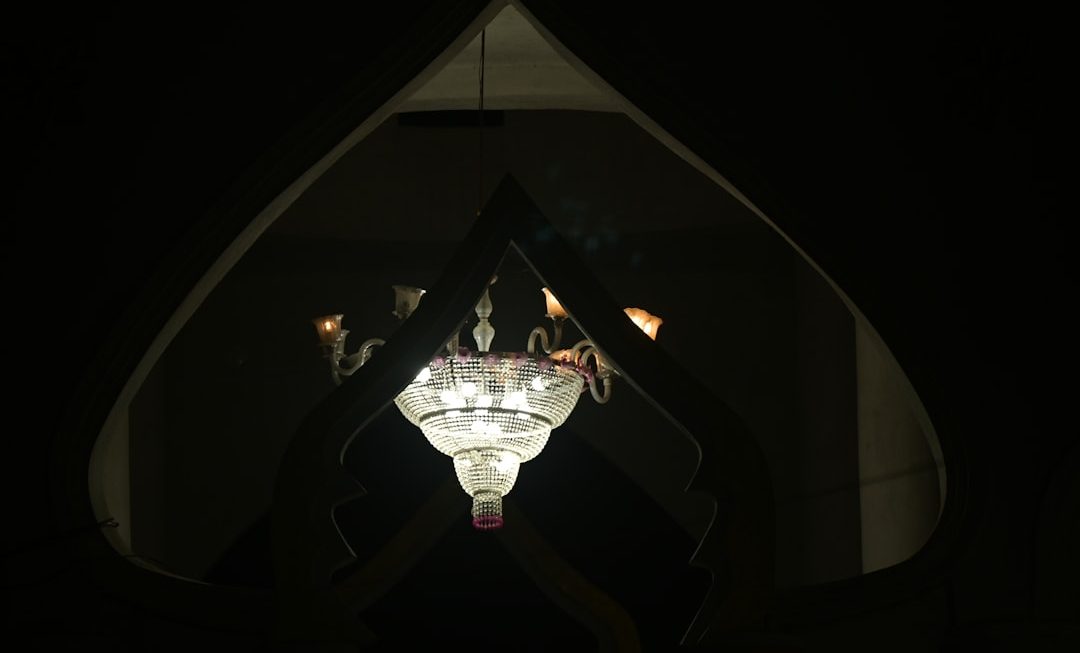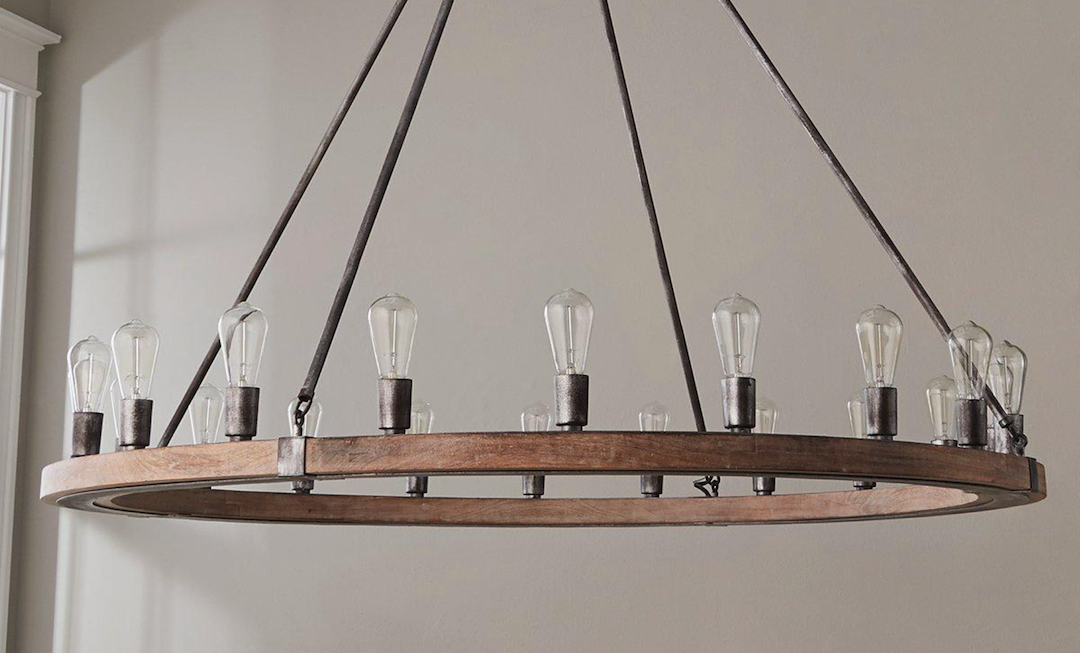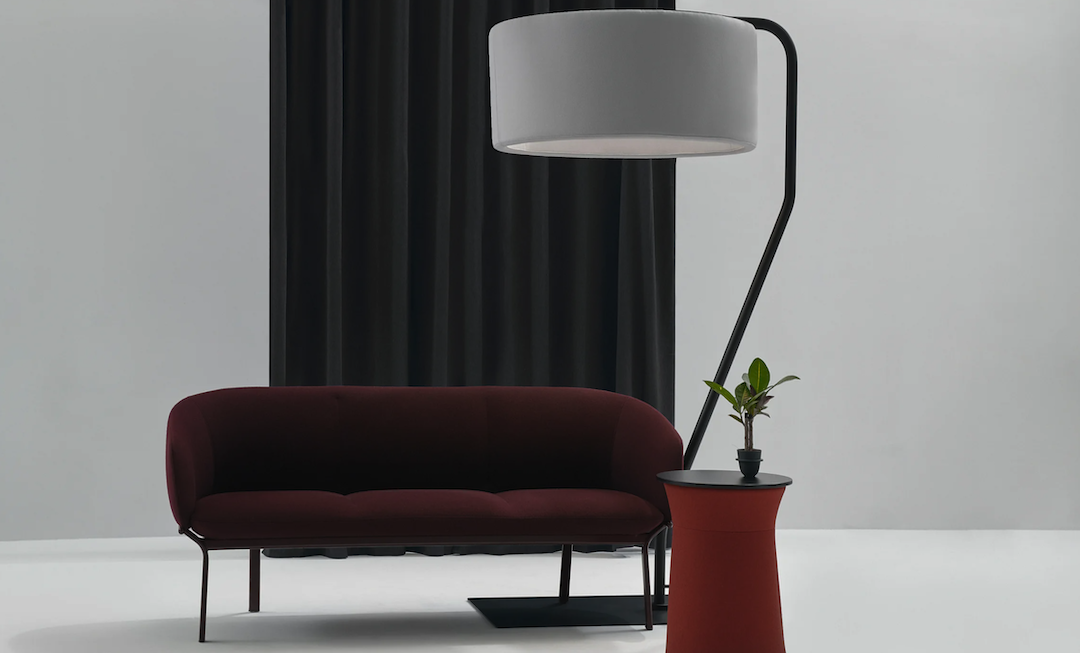Light Emitting Diodes (LEDs) represent a significant advancement in lighting technology, fundamentally altering how we illuminate our environments. Unlike traditional incandescent bulbs that produce light through a filament heated to high temperatures, LEDs generate light through electroluminescence. This process involves passing an electric current through a semiconductor material, which then emits photons.
The result is a highly efficient light source that can produce a variety of colors without the need for filters. The compact size of LEDs allows for innovative designs and applications, from small indicator lights to large-scale lighting solutions in commercial and residential settings. The development of LED technology has been rapid, with significant improvements in brightness, color quality, and energy efficiency over the past few decades.
Initially, LEDs were primarily used in applications such as indicator lights and digital displays. However, advancements in materials and manufacturing processes have led to their widespread adoption in general lighting. Today, LEDs are available in various shapes, sizes, and color temperatures, making them suitable for diverse applications ranging from home lighting to streetlights and architectural illumination.
Understanding the underlying technology of LEDs is crucial for appreciating their impact on energy consumption and lighting design.
Benefits of LED Lamps
Longer Lifespan and Reduced Maintenance
LED lamps Feladan can last up to 25,000 hours or more, significantly outpacing traditional incandescent bulbs, which typically last around 1,000 hours. This extended lifespan translates to fewer replacements and reduced maintenance costs, making LEDs a cost-effective choice over time. Additionally, the durability of LEDs means they are less prone to breakage compared to fragile incandescent or fluorescent bulbs, further enhancing their appeal for both residential and commercial use.
Environmental Benefits
Another significant benefit of LED lamps is their environmental impact. LEDs consume considerably less energy than traditional lighting options, which translates to lower greenhouse gas emissions when considering the energy sources used for electricity generation. Furthermore, LEDs do not contain hazardous materials like mercury, which is found in compact fluorescent lamps (CFLs). This makes them safer for both users and the environment when it comes to disposal.
Energy Efficiency and Safety
The ability to produce light without generating excessive heat also contributes to their energy efficiency, as less energy is wasted in the form of heat compared to incandescent bulbs.
How LED Lamps Save Energy
The energy-saving capabilities of LED lamps are primarily attributed to their efficiency in converting electrical energy into light. Traditional incandescent bulbs convert only about 10% of the energy they consume into visible light, with the remainder lost as heat. In contrast, LEDs can achieve efficiencies exceeding 80%, meaning that a significantly higher proportion of the energy consumed is utilized for illumination.
This efficiency not only reduces electricity bills but also lessens the demand on power plants, contributing to a decrease in overall energy consumption. Moreover, LED technology allows for better control over light distribution and intensity. Many LED lamps come equipped with features such as dimming capabilities and smart technology integration, enabling users to adjust brightness levels according to their needs.
This adaptability further enhances energy savings, as users can reduce light output during times when full brightness is unnecessary. Additionally, advancements in smart lighting systems allow for automated controls that can turn lights off when rooms are unoccupied or adjust based on natural light levels, maximizing energy efficiency throughout the day.
Choosing the Right LED Lamp
Selecting the appropriate LED lamp for a specific application involves several considerations that go beyond simply choosing wattage or lumens. One critical factor is color temperature, which is measured in Kelvin (K). Different color temperatures can evoke various moods and atmospheres; for instance, warmer tones (around 2700K) are often preferred for residential settings to create a cozy ambiance, while cooler tones (5000K and above) are more suitable for workspaces where alertness and focus are essential.
Understanding these nuances can significantly enhance the effectiveness of lighting in any environment. Another important aspect to consider is the beam angle of the LED lamp. The beam angle determines how concentrated or dispersed the light will be in a given area.
For example, a narrow beam angle (less than 30 degrees) is ideal for spotlighting artwork or architectural features, while a wider beam angle (over 60 degrees) is better suited for general ambient lighting in larger spaces. Additionally, compatibility with existing fixtures should be assessed; some LED lamps are designed to fit standard sockets while others may require specific fixtures or adapters. By carefully evaluating these factors, consumers can make informed decisions that align with their lighting needs.
Installing LED Lamps
The installation process for LED lamps is generally straightforward and can often be completed without professional assistance. Most LED bulbs are designed to fit standard sockets, making them compatible with existing fixtures used for incandescent or CFL bulbs. However, it is essential to ensure that the fixture’s wattage rating can accommodate the new LED bulb’s specifications.
While LEDs consume less power than traditional bulbs, using an incompatible fixture could lead to performance issues or even damage. For more complex installations involving recessed lighting or integrated LED fixtures, it may be beneficial to consult with a licensed electrician. This is particularly true when retrofitting older homes with outdated wiring systems or when installing smart lighting systems that require additional components such as hubs or controllers.
Proper installation not only ensures optimal performance but also maximizes the lifespan of the LED lamps by preventing overheating or electrical issues that could arise from improper connections.
Maintaining LED Lamps
Cleaning LED Fixtures and Lenses
Regular cleaning of the fixtures and lenses is essential to ensure maximum light output and efficiency. Dust and grime can accumulate over time, diminishing the quality of light emitted by the LEDs. A soft cloth or microfiber towel dampened with water or a mild cleaning solution can effectively remove buildup without damaging the lamp.
Maintenance of Smart LED Systems
Another aspect of maintenance involves monitoring the performance of smart LED systems if applicable. Many smart LED lamps come with companion apps that allow users to track usage patterns and adjust settings remotely. Keeping software updated ensures that users benefit from the latest features and security enhancements.
Troubleshooting Common Issues
If any flickering or dimming occurs unexpectedly, it may indicate an issue with the fixture or electrical supply rather than the LED itself. Addressing these concerns promptly can prevent further complications.
Disposing of LED Lamps
Disposing of LED lamps requires careful consideration due to environmental concerns associated with improper disposal methods. Unlike traditional incandescent bulbs that can be thrown away in regular trash, LEDs should be recycled whenever possible. Many communities have established recycling programs specifically for electronic waste, including LED lamps.
These programs ensure that valuable materials such as aluminum and certain plastics are recovered and reused while preventing harmful substances from entering landfills. When recycling LED lamps, it is advisable to check local regulations regarding disposal methods as they can vary significantly by region. Some retailers also offer take-back programs where consumers can return used bulbs for proper recycling.
By participating in these initiatives, individuals contribute to a circular economy that emphasizes sustainability and resource conservation while minimizing environmental impact.
The Future of LED Lighting
The future of LED lighting appears bright as technological advancements continue to enhance their capabilities and applications. Innovations such as organic LEDs (OLEDs) and quantum dot technology promise even greater efficiencies and improved color rendering capabilities. As research progresses, we may see further reductions in production costs, making high-quality LED lighting accessible to an even broader audience.
Moreover, the integration of smart technology into LED systems is set to revolutionize how we interact with our lighting environments. From automated controls that adjust based on occupancy to systems that sync with other smart home devices, the potential for increased convenience and energy savings is immense. As society becomes more conscious of environmental issues and energy consumption, LEDs will undoubtedly play a pivotal role in shaping sustainable lighting solutions for homes and businesses alike.



